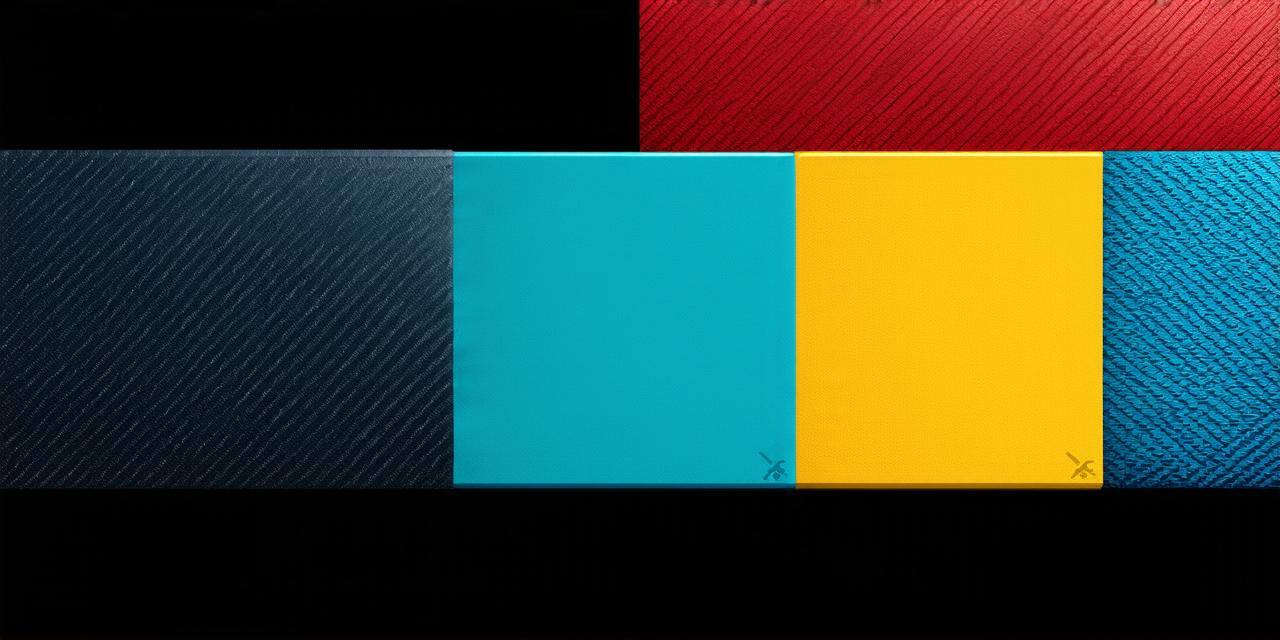
Introduction:
When it comes to creating immersive and interactive experiences in virtual reality or augmented reality, Unity is an ideal platform. However, creating 3D models for Unity can be a challenging task, especially if you’re not familiar with the tools and techniques used in this platform. This article aims to provide a comprehensive guide on how to transfer 3D models from Blender to Unity. We will cover everything from preparing your models for export to importing them into Unity and optimizing them for performance. By the end of this article, you’ll have a solid understanding of the process and be able to create stunning 3D experiences in Unity using Blender as your primary modeling tool.
Preparing Your Models for Export:
Before exporting your 3D models from Blender, it’s essential to ensure that they are optimized for use in Unity. Here are some tips to help you prepare your models for export:
- Use the right file format: Unity supports various file formats for importing 3D models, including FBX, OBJ, and Collada. It’s recommended to use FBX as it is widely used in game development and provides better compatibility with Unity.
- Export your model with textures: Textures can significantly enhance the appearance of your model in Unity. Make sure to export your model with all necessary textures, including diffuse, specular, normal, and alpha maps.
- Optimize your mesh: Reducing the number of polygons in your mesh can improve performance in Unity. You can do this by using Blender’s decimation tool or by manually reducing the number of polygons yourself.
- Add animations: Animations can bring your model to life in Unity. Make sure to export your model with all necessary animations, including skeletal animations and keyframe animations.
- Check for collisions: Collisions can cause issues in Unity, such as objects passing through each other. Use Blender’s collision detection tools to ensure that your model is free of collisions before exporting it.

Importing Your Models into Unity:
Once you’ve prepared your models for export, it’s time to import them into Unity. Here are the steps to follow:
- Open Unity: Launch Unity and create a new project or open an existing one.
- Import your model: Go to Assets > Import Package or Asset and select the FBX file you exported from Blender. Make sure to check the box next to “Import Textures” and “Import Animations.”
- Drag and drop: Drag and drop your imported model into the Hierarchy window in Unity. You can also select it in the Project window and drag it onto a GameObject in the Hierarchy.
- Assign materials: In Unity, assign materials to your model to give it a specific look and feel. You can do this by selecting the material in the Inspector window and dragging and dropping your textures onto it.
- Adjust lighting: Lighting can significantly affect the appearance of your model in Unity. Use Unity’s built-in lighting tools or import custom lighting to enhance the look and feel of your scene.
Optimizing Your Models for Performance:
Now that you have imported your model into Unity, it’s essential to optimize it for performance. Here are some tips to help you achieve optimal performance:
- Use LOD (Level of Detail): LOD is a technique used to reduce the number of polygons in your model when viewed from a distance. This can significantly improve performance by reducing the amount of data that needs to be processed.
- Use billboards: Billboards are 2D images that are displayed on a plane in Unity. They are ideal for creating backgrounds or other large objects that do not need to be highly detailed.
- Use texture atlases: Texture atlases are a technique used to combine multiple textures into a single image, reducing the number of textures that need to be loaded into memory.
- Enable occlusion culling: Occlusion culling is a technique used to hide objects in Unity that are not visible to the camera. This can significantly improve performance by reducing the amount of data that needs to be processed.
- Optimize your animations: Animations can be resource-intensive, especially if they involve complex movements or large numbers of objects. Use Unity’s built-in animation tools to optimize your animations for performance.
Case Study: Transferring a 3D Model from Blender to Unity
To illustrate the process of transferring a 3D model from Blender to Unity, let’s take a look at a case study. Suppose you have created a 3D model of a car in Blender and want to use it in an Unity project. Here are the steps you would follow:
- Export your 3D model from Blender as an FBX file format.
- Open Unity and create a new project or open an existing one.
- Import the FBX file into Unity by going to Assets > Import Package or Asset and selecting the file. Make sure to check the boxes next to “Import Textures” and “Import Animations.”
- Drag and drop the imported model into the Hierarchy window in Unity.
- Assign materials to your model in Unity by selecting the material in the Inspector window and dragging and dropping your textures onto it.
- Adjust lighting in Unity to enhance the appearance of your scene.
- Optimize your model for performance by using LOD, billboards, texture atlases, occlusion culling, and optimizing animations.

